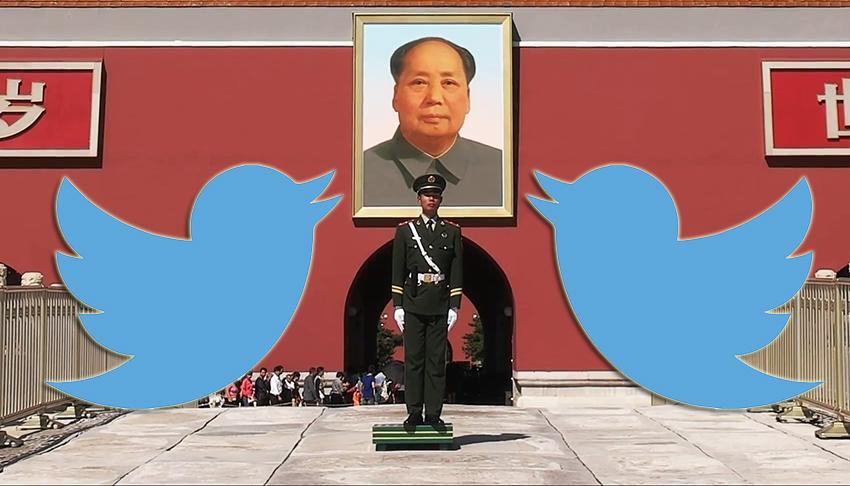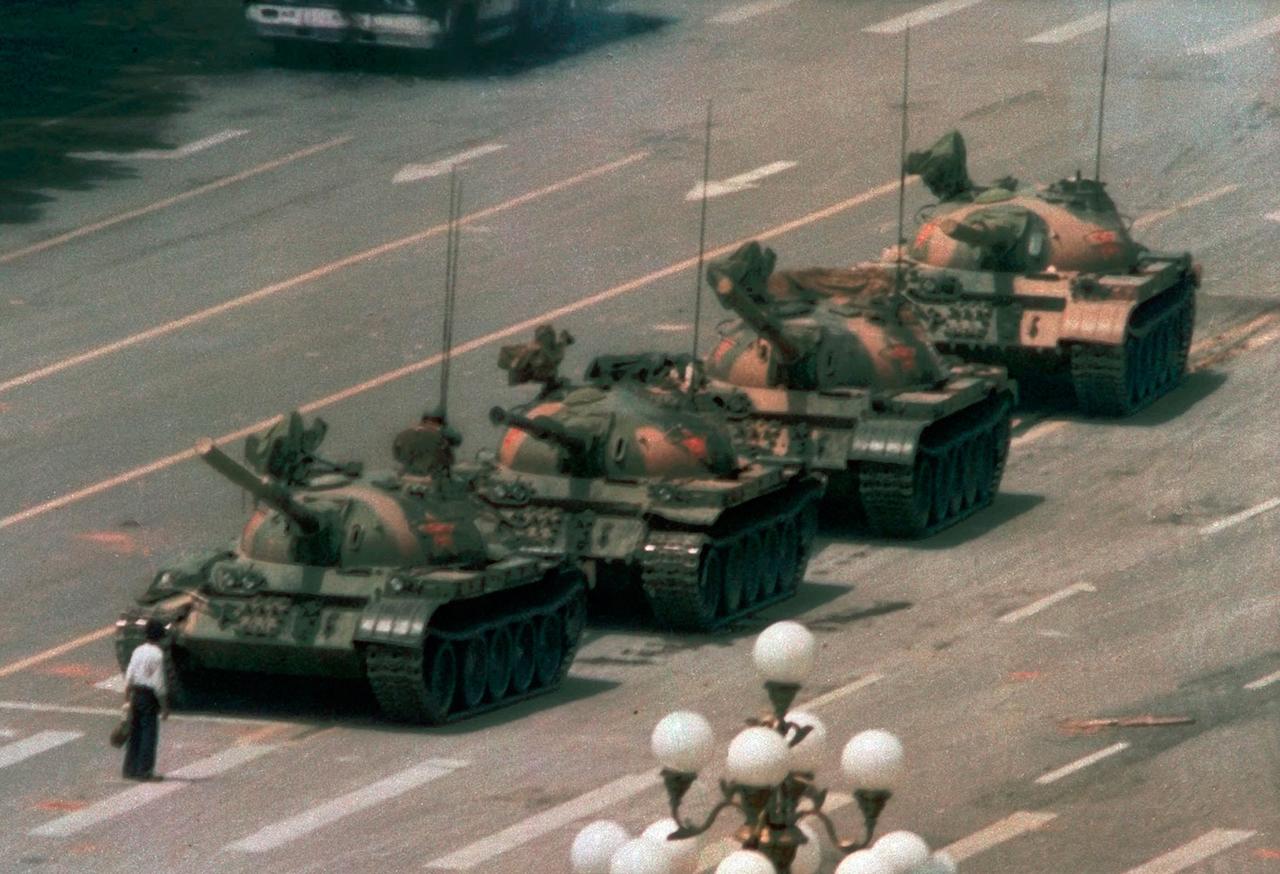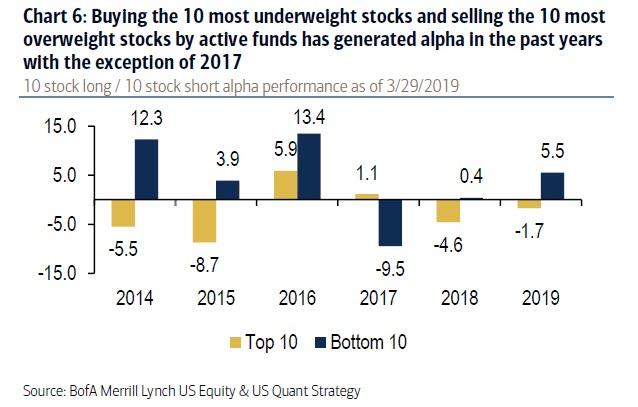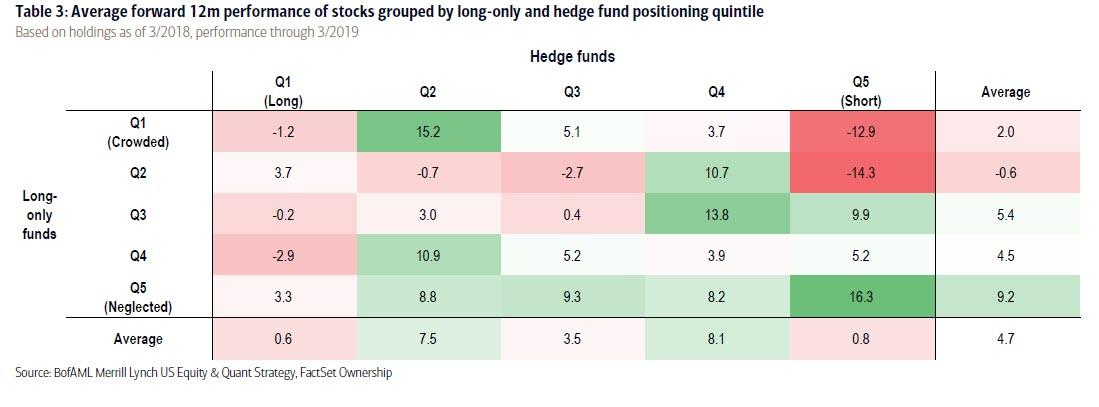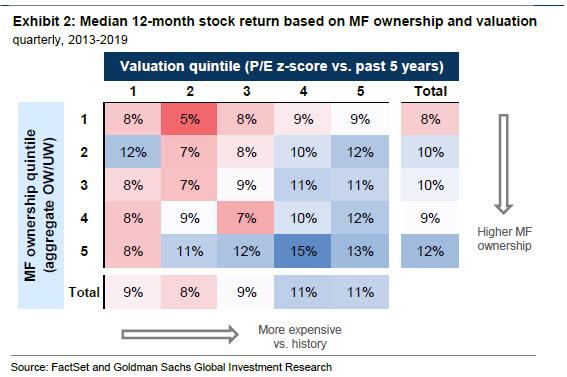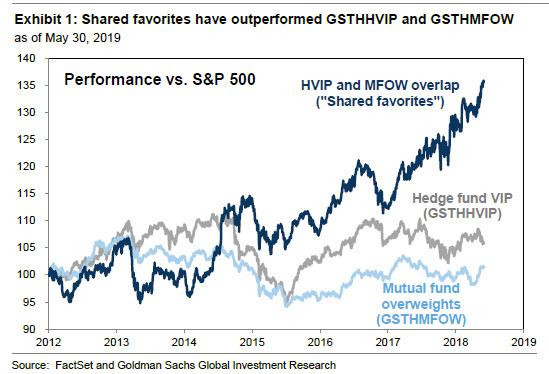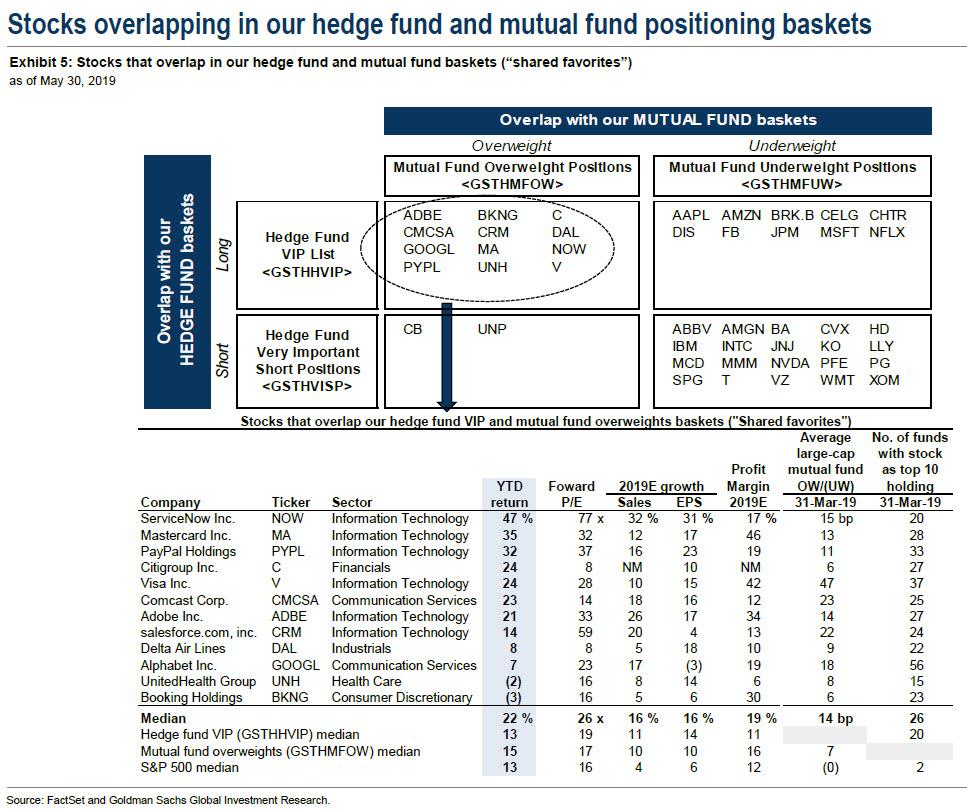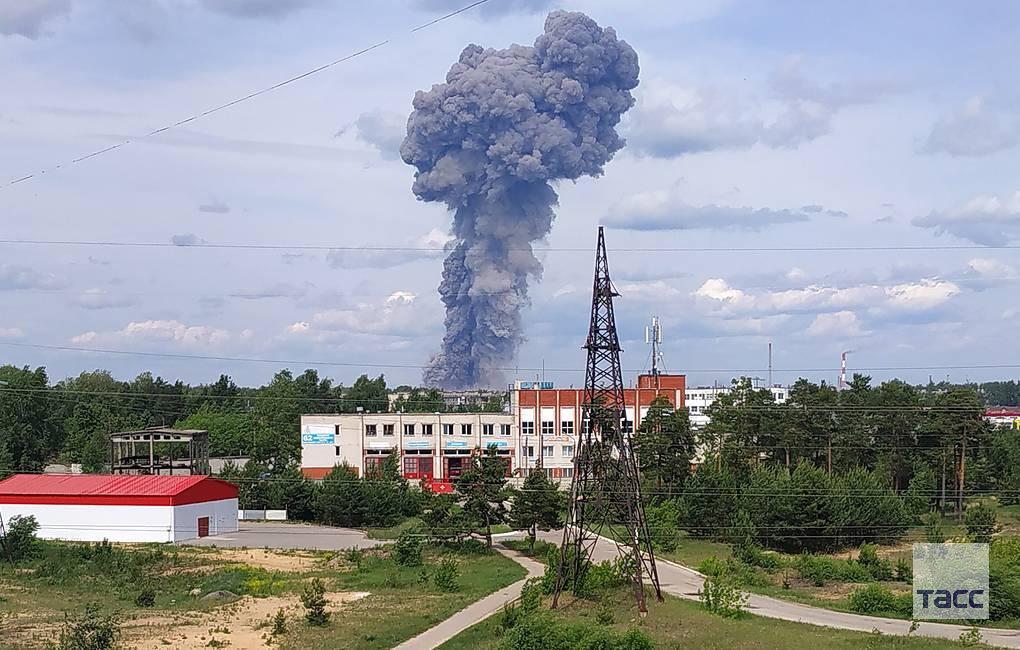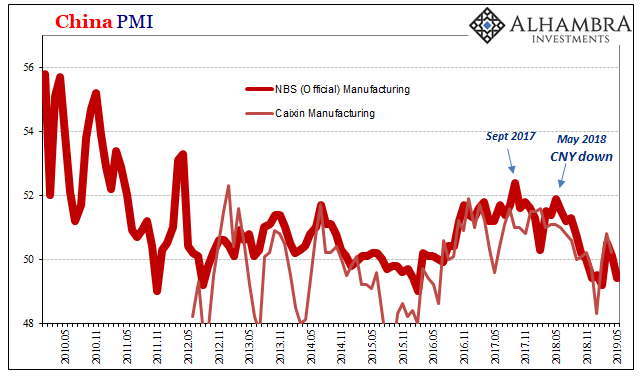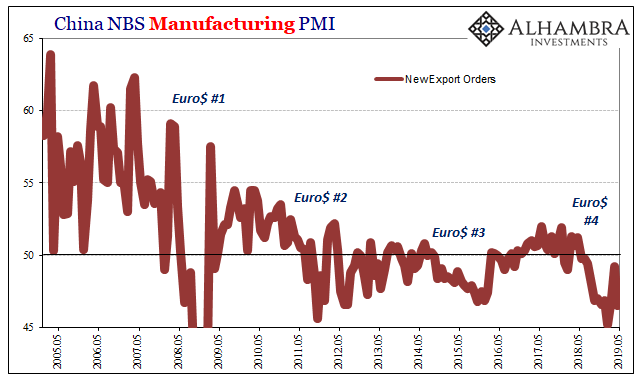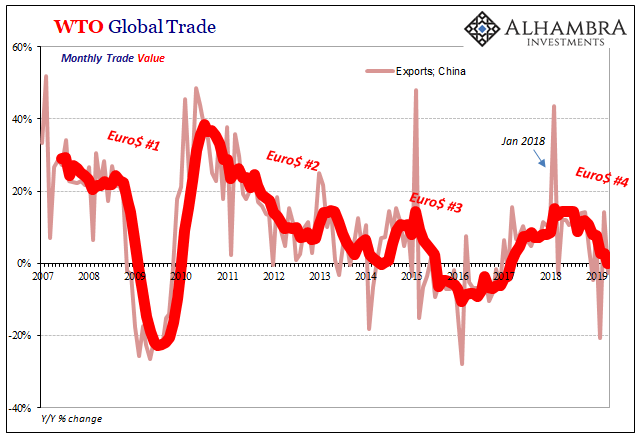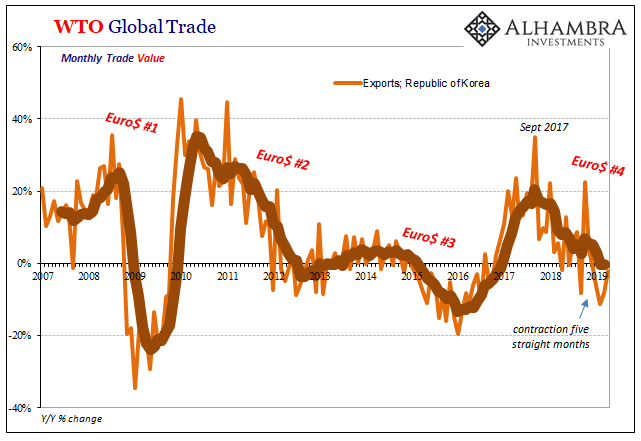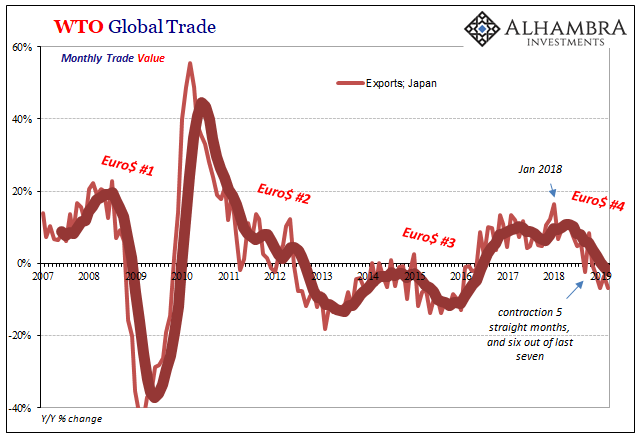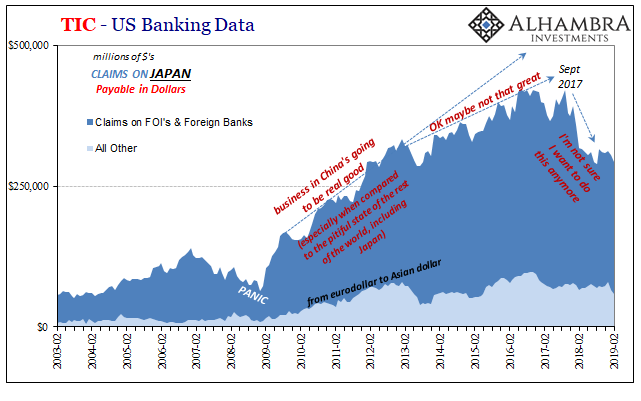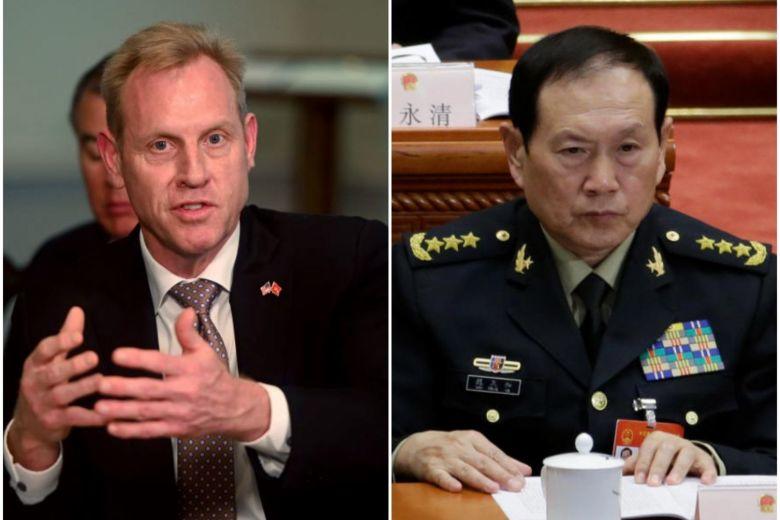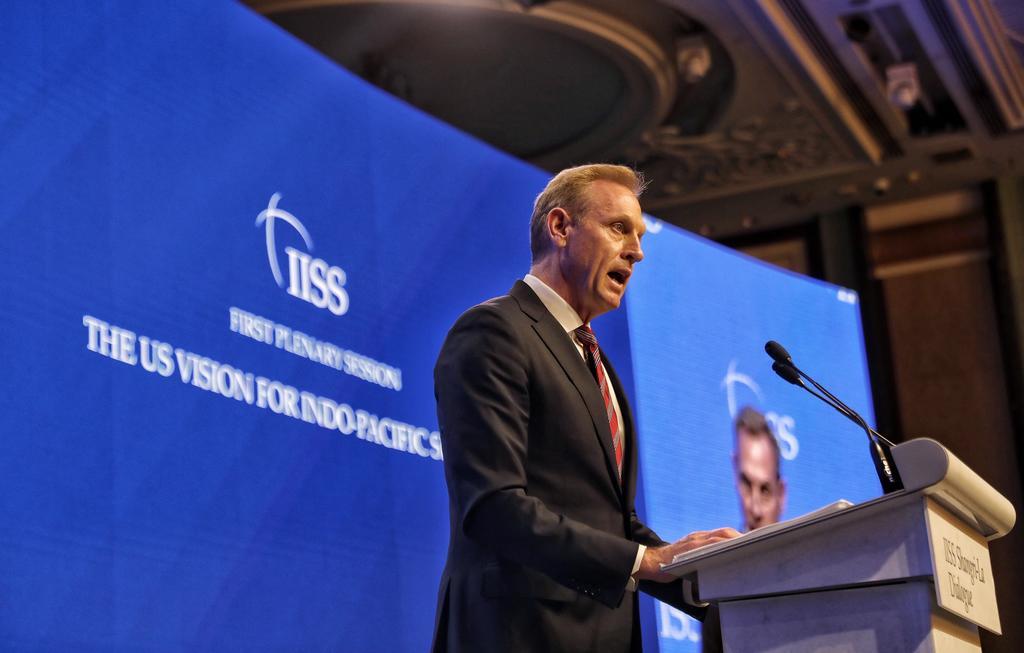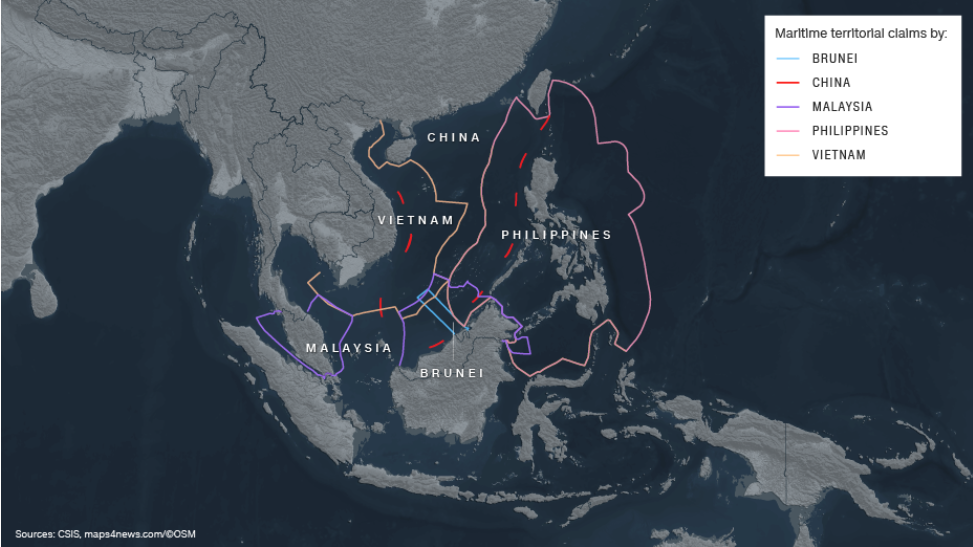Authored by Jacob Hornberger via The Future of Freedom Foundation,
Pardon me for being blunt, but it would be difficult to find anything more idiotic than the war on drugs, an ongoing federal program that has been enacted and enforced by both Republicans and Democrats for decades. The program is sheer idiocy in that its supporters continue to keep it going despite the manifest failure, violence, ruination of lives, expense, racism, and destruction of liberty and privacy that this federal program has produced and continues to produce.
But hope springs eternal in the minds of the drug war’s supporters and enforcers. Each new drug bust over the decades, oftentimes accompanied with a large amount of hoopla from the mainstream press, provides these people with confirmation that victory is just around the corner. Just a few more drug busts and the long drug-war nightmare will finally be over.
It has never happened, More important, it will never happen. And to believe it will happen is, well, sheer idiocy. There is a simple reason why victory is impossible in the drug war: the laws of supply and demand. Although the members of Congress, having heard of the laws of supply and demand, oftentimes think they can be repealed by Congress, that’s just more idiocy. That’s because these laws are natural laws, not man-made laws. Like the law of gravity, the laws of supply and demand cannot be repealed by the members of Congress.
In the absence of drug laws, the prices for drugs would be set by the laws of supply and demand, much like the price of alcohol is set. In a free market — that is, a market that is free of government regulation — if an item is scarce, the price will tend to be higher, assuming it is in demand by consumers. But that high price then encourages producers to produce more of it to capitalize on the profits that can be made by selling it. The increased supply of the item tends to bring the price down.
Today, booze is reasonably priced. By that I mean that a wino is able to afford a cheap bottle of wine by making a relatively small legal effort, like working an odd job or doing some panhandling. It’s not worth it to him to mug someone, burglarize a house, or rob a bank to get the money to buy a bottle of wine because the risk of getting caught and the potential consequences of getting caught far outweigh the small effort to legally acquire the money to buy the bottle.
Now, suppose the price for a cheap bottle of wine suddenly goes from $5 to $250. The situation for the wino now changes. Assuming he is unable to break his addiction, he now is compelled to get a much larger sum of money to satisfy his addiction. Odd jobs and panhandling won’t cut it. He now must revert to violent crimes to get the money to pay for his wine.
That’s what drug illegality has done. It has caused the price of illicit drugs to soar. In the absence of the drug war, drugs would be reasonably priced, so that drug addicts would be able to afford to pay for their addiction. Once drugs are made illegal, they don’t disappear. Instead, they continue to be sold on the black or illegal market. But because of the scarcity that illegality produces, the black-market price is much higher than it was when the drugs were legal. And the fiercer the crackdown — i.e., the more drug busts they make and celebrate as “progress” — the higher the price goes. That means more muggings, robberies, and thefts to get the money to finance the addiction.
The drug warriors believe that they will be able to continue the crackdown to such a point that they squeeze all the drugs out of society. However, that’s just more idiocy, The reason is because as the black-market price soars, more people are tempted to become drug sellers to capitalize on the big money that can quickly be made in the drug trade. That’s why the drug warriors can never “win” the war on drugs. The more they fight, the bigger the problem becomes.
Consider, for example, a 42-year-old Japanese man identified only as Uno N. On a recent flight from Colombia to Japan, he began having seizures and died mid-flight. An autopsy revealed that he died from a swelling of the brain caused by a drug overdose. During the autopsy, 246 plastic bags of cocaine were found lodged in his stomach and intestines. Apparently one or more of them ripped open during the flight.
Now, why would anyone do such a thing, knowing the life-and-death risks involved? The most likely reason is money. I don’t know how much money 246 bags of cocaine would bring in Japan but my hunch is a very hefty sum. I wouldn’t be surprised if it turns out that Uno N was in financial straits and was looking to make a big score.
If a man is willing to risk his life to smuggle bags of cocaine inside his body, it is impossible to imagine all the other ways that drugs are being smuggled around the world. And remember: they more they crack down, the higher the price, which then induces more people to enter the trade.
There is but one solution to this drug-war idiocy: end drug prohibition, just as previous Americans ended alcohol prohibition after it produced nothing but failure, death, violence, ruination of lives, corruption, and destruction of liberty.
via ZeroHedge News http://bit.ly/2Z2eXEM Tyler Durden


